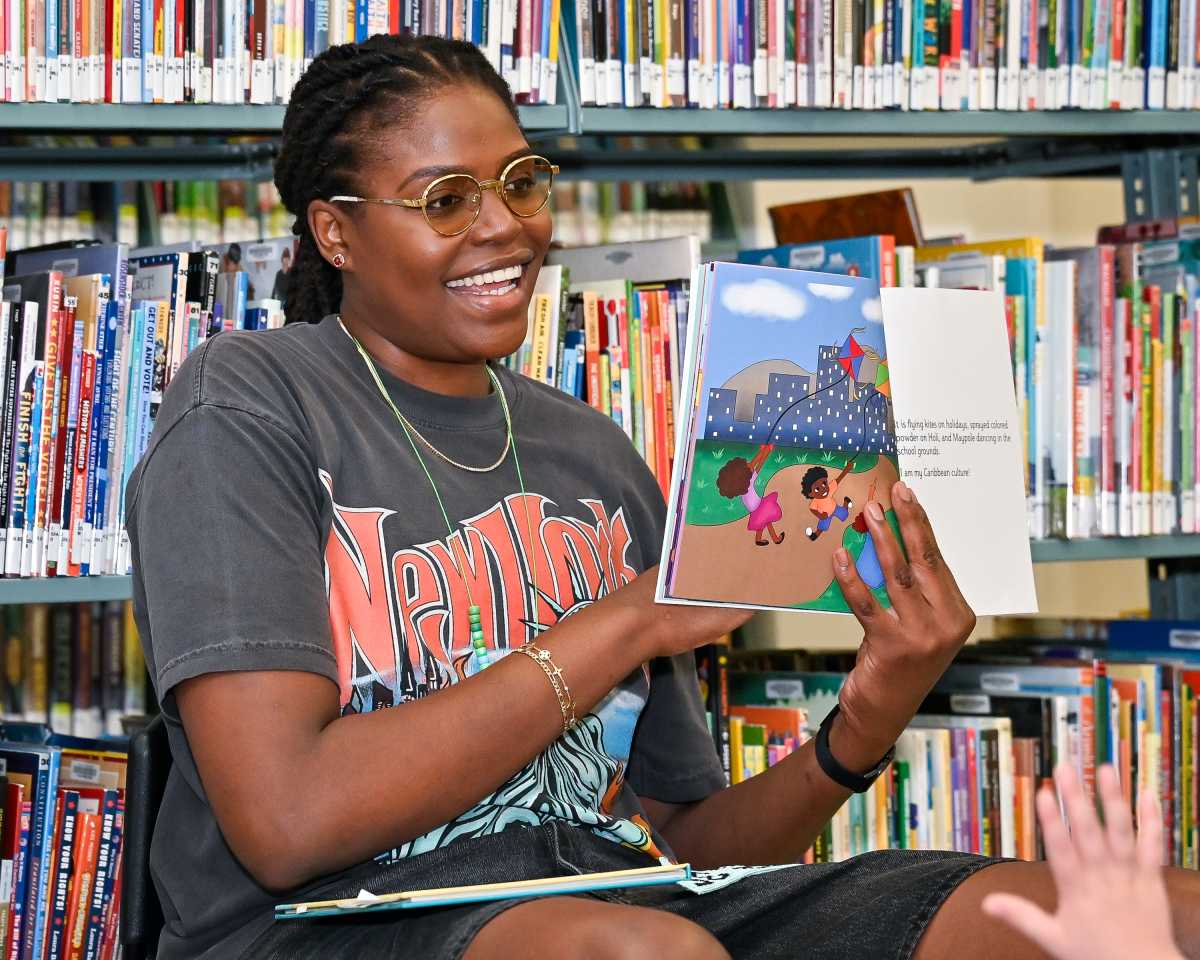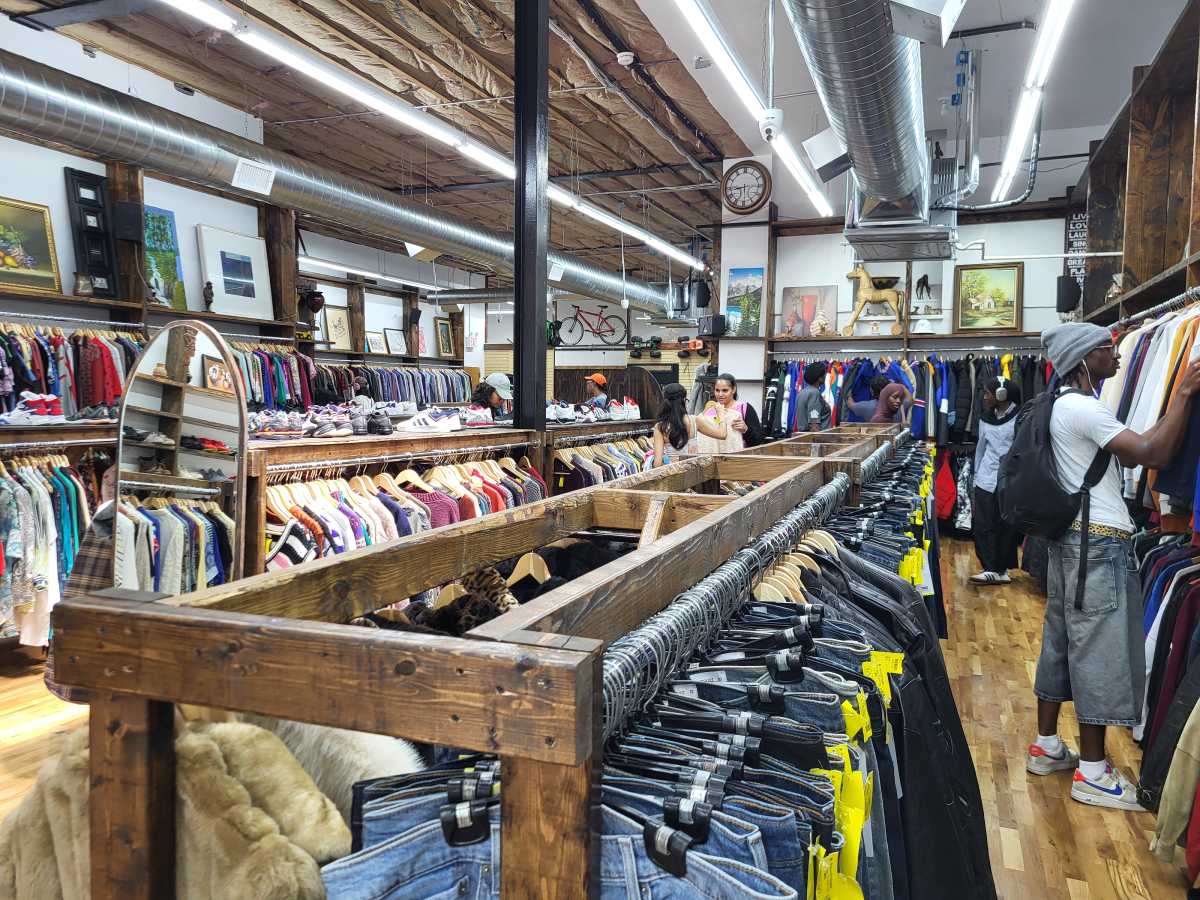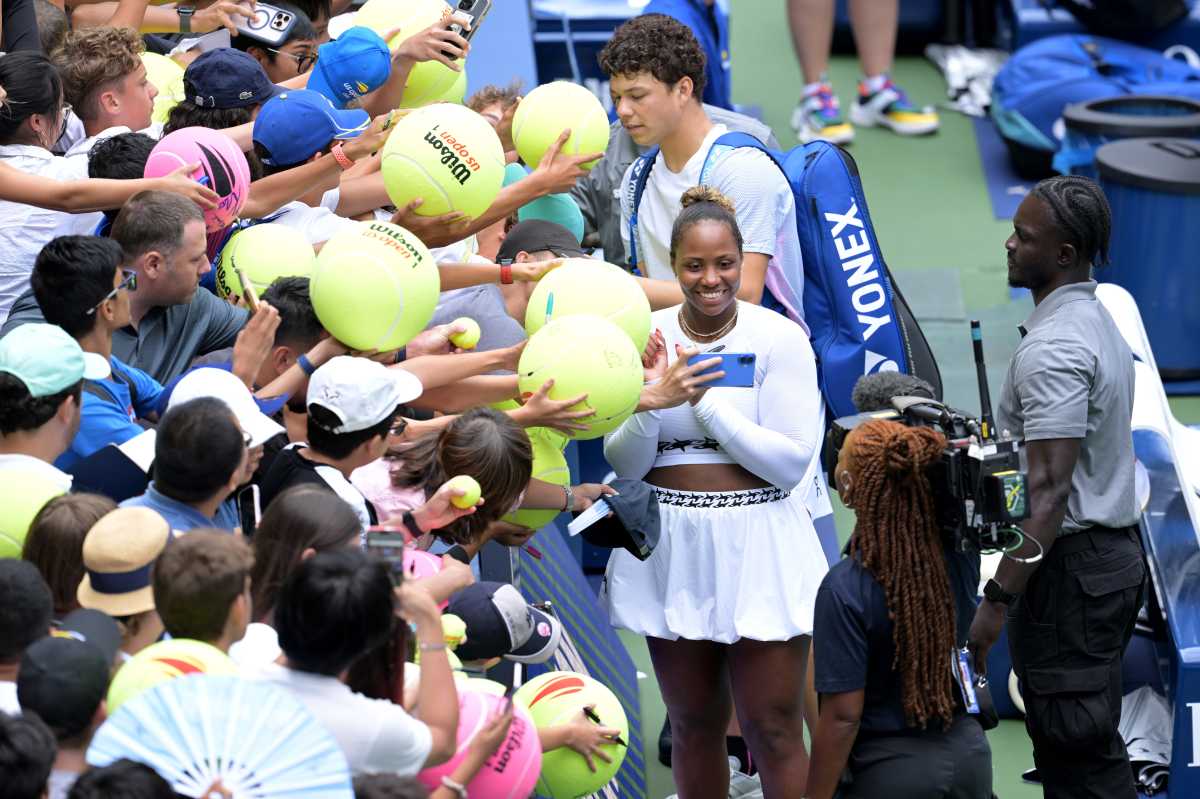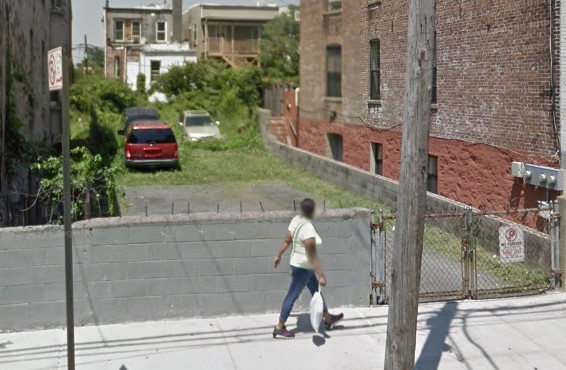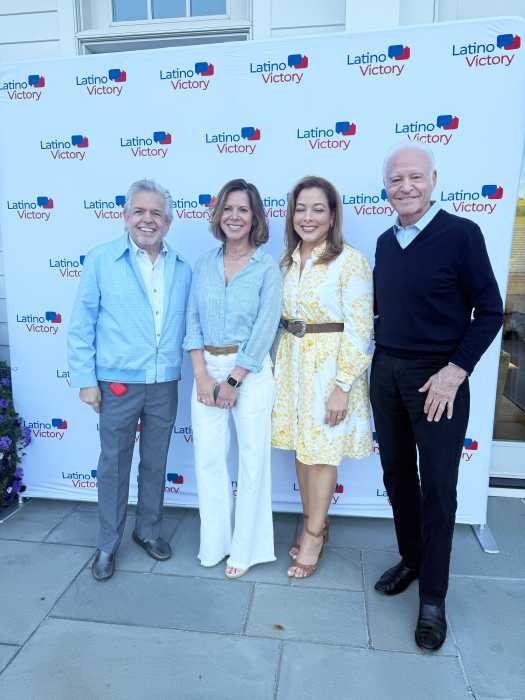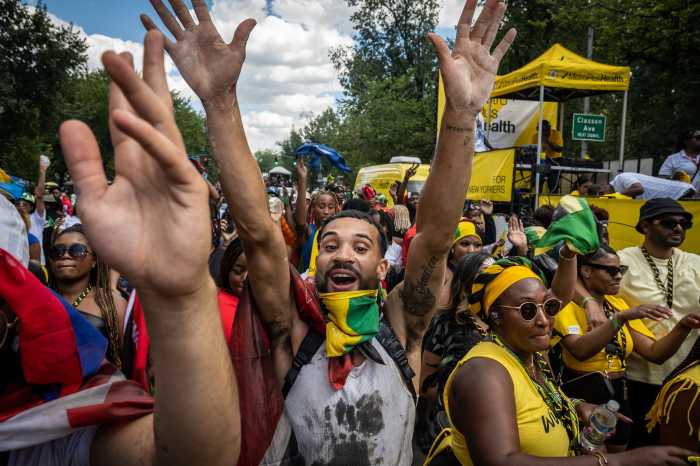By Adrian Benepe
Historic Lower Manhattan is getting its most extensive open space improvements in almost four centuries. As part of the City’s Lower Manhattan Open Space Vision Plan, an extensive array of projects are in progress which will expand green space, improve waterfront access, and open new active recreation spaces for Lower Manhattan’s workers, tourists and growing residential population.
Under the leadership of Mayor Michael R. Bloomberg, the Department of Parks & Recreation, in collaboration with the Department of Transportation and Department City Planning, will implement over $100 million in open space projects. This work is being made possible through funding by the Lower Manhattan Development Corporation, Federal, State, and City governments, foundations and corporations, and with the support of Community Boards 1 and 3, and local elected officials.
Plans call for the creation or enhancement of more than 23 sites throughout the Downtown area. The projects will expand active recreation opportunities in Chinatown and the Lower East Side, enhance the waterfront spaces along the East River, and provide improved amenities and destinations for workers and tourists.
Work along the East River waterfront incorporates the creation of new public open spaces at Coenties Slip, Old Slip, and Wall Street and a revitalized East River Park promenade. Construction is well underway at Wall Street, where a new park will bloom, replete with planting beds, flowering trees, and benches. This new park will be graced with an ornamental fountain, made possible by a generous donation by Deutsche Bank. Construction will begin next month at Coenties Slip, where we will transform a closed roadbed into a permanent public space with bluestone and granite paving, benches, flowering trees, and planting beds. Another one of our private partners, Goldman Sachs, has provided funds for a sculptural fountain at the site. An existing plaza at Old Slip will be enhanced with restored granite paving, curbs, and bollards; additional lighting, planting beds and trees and will be going into construction early next month. Considerable city funds will be dedicated to a complete reconstruction of the deteriorated infrastructure along East River Parks’ waterfront, and to transforming the promenade into a destination following Con Edison’s utility reconstruction project.
Lower Manhattan’s growing residential population needs space to play. The city’s Open Space Vision Plan includes a number of playgrounds and athletic fields serving downtown neighborhoods and schools. The reconstruction of four existing ballfields is underway at East River Park. This regional destination for Lower Manhattan athletic leagues and schools will, in conjunction with capital work completed by the Parks Department in 2002, soon have three new state-of-the-art, synthetic turf fields and two natural grass fields. The area’s role as a major recreational hub on the Lower East Side, will grow as the N.F.L. funds a new synthetic turf ballfield at nearby Baruch Playground, which will go into construction later this year. In addition, a multi-purpose synthetic surface field and volleyball court is currently being installed at Al Smith Playground, along with a new gym floor in the recreation center. The Sophie Irene Loeb Playground’s renovation adjacent to the Manhattan Bridge, will be completed next month as well, providing an improved play space for Chinatown. Construction will begin next month at Brooklyn Bridge Plaza, where enhanced sports courts will replace city vehicle parking and improve connections between the civic district and Chinatown. Nearby at Columbus Park, a multi-use synthetic surface will be installed to provide safe space for active recreation and school and community programming. The Lower East Side’s Lillian D. Wald Playground, at Cherry and Montgomery Streets, that had been closed for two decades, is currently under construction, transforming a dilapidated space into a recreational mecca with extensive play equipment and sports courts. At Sara D. Roosevelt Park, construction will begin next week, and improvements will include a new synthetic turf field and track. Recent plantings at the park’s north end were made possible through a partnership with the N.F.L.
Healthy neighborhoods are defined by their green parks and places to relax. At Drumgoole Square, parking spaces and traffic barriers gave way to planting beds, trees and benches in Fall 2003. The reconstruction of Tribeca Park, between Ericsson Place, Beach Street, and Sixth Avenue, is underway, thanks to funds from the L.M.D.C., and will feature new tables and chairs, benches and expanded greenery and flowers. An irrigation system will be installed at Washington Market Park to ensure long-term enjoyment of the lush center lawn. A distinctive sculpture and a magnificent contemporary British garden is planned to enhance Hanover Square at Pearl Street, due to the generous contribution of the Friends of the British Memorial Garden. In partnership with the Alliance for Downtown New York, the public space at Trinity and Edgar Street will be revitalized by the art of James Garvey. In the heart of Chinatown, Parks will be improving one of the Allen Street Malls, between Delancey and Broome Streets, beginning construction late Summer. We will also work with neighborhood groups and elected officials to realize a vision for complete reconstruction of the Allen Street Malls and the Pike Street Malls, to create a green spine through Lower East Side to link it to the East River Waterfront. Parks also will be making improvements to several smaller neighborhood green spaces, such as Finn Square and Barnett Newman Triangle in Tribeca.
In addition to an overhaul of the East River Waterfront, we have targeted improvements to many of our larger parks, which serve as important gateways to the communities they serve. These include Battery Park, where the paved area known as the Bosque, will be undergoing reconstruction this spring, and be transformed into a decorative garden designed by renowned landscape artist Piet Oudolf. Along with evening lighting and a new fountain, this project will complement the work of The Battery Conservancy to completely reconstruct Battery Park. The reconstruction of Bowling Green, the oldest park in the country, with bluestone sidewalks and a historic fence restoration will be completed by the end of June. A generous donation by the Associated Landscape Contractors of America will create a new park in the space between Canal, Varick, and Laight Streets, replacing what today is broken asphalt and cobblestones. In a project funded by the State DOT, a new park will be created at Canal and West streets, to be completed by next spring. Parks & Recreation will also be restoring Chinatown’s Columbus Park pavilion, between Baxter, Bayard, and Mulberry. New amenities, such as benches, game and picnic tables, drinking fountains, and lighting, as well as beautiful landscaping in a Chinese tradition will be added, helping restore this focal point of Chinatown.
Adrian Benepe is commissioner of the New York City Department of Parks & Recreation.
Reader Services





















